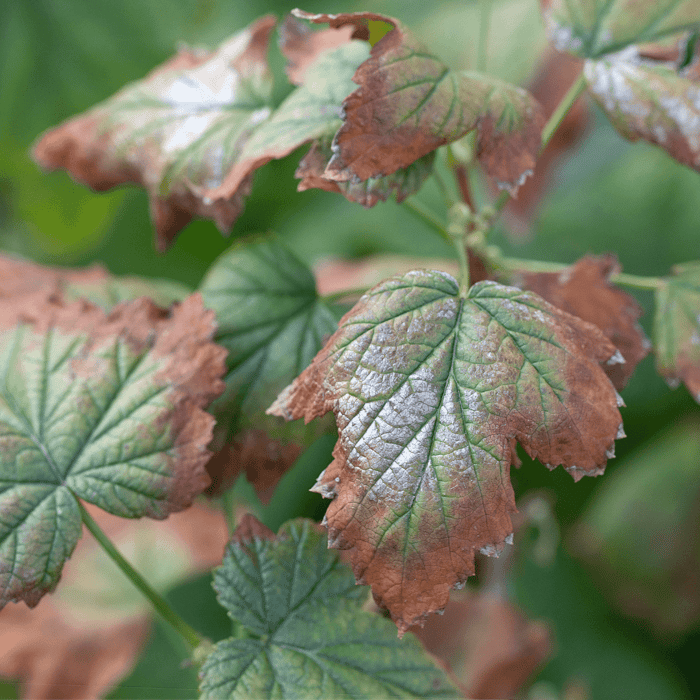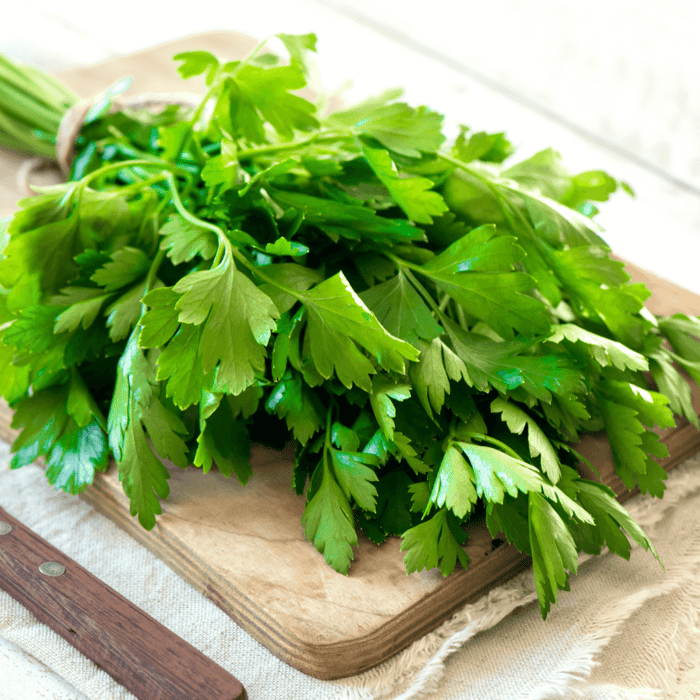What is verticillium wilt? Verticillium wilt is a soil-borne fungal disease caused by the fungi Verticillium albo-atrum and V. dahliae. It is a common disease affecting many crops, including vegetables, fruit trees, and ornamental plants.
The disease is often difficult to diagnose, as symptoms may not appear until later in the growing season. Verticillium wilt can cause significant yield losses and reduced quality of crops, making it a significant disease for growers and agricultural professionals to understand.
This article will be a little more technical than most of our guides on our site. But hopefully, this will help you understand how to prevent and treat this plant disease.
Definition of Verticillium Wilt
Verticillium wilt is a fungal disease that affects the vascular system of plants. The fungus invades the plant through its roots and grows upwards through its plant tissue, transporting water and nutrients. This results in blockages or ruptures within the vascular system, leading to wilting leaves, stunted growth, premature leaf drop, yellowing or browning of foliage, and, eventually, plant death.
Importance of Understanding Verticillium Wilt
Understanding verticillium wilt is essential for
growers and agricultural professionals because it can lead to devastating economic losses on crop yields if not appropriately managed. The most effective way to control this disease is by using integrated pest management (IPM) strategies, such as selecting resistant varieties or crop rotations, since no effective chemical fungicides are available for controlling verticillium wilt.
In addition to crop losses caused by infection with verticillium wilt fungi alone, these fungi often increase secondary pathogen infections resulting in even higher yield reductions. Therefore understanding how to identify this problem early on can be critical in preserving yields.
Furthermore, growers should also understand how environmental stressors affect their plants’ ability to this fungal disease. Drought stress, high salinity, or sub-optimal pH are environmental stressors that could increase vulnerability to verticillium wilt.
By understanding the conditions in which this fungus thrives, growers can take proactive steps to improve their plants' health and reduce the impact of this disease. Overall, understanding verticillium wilt is imperative for gardeners as it can help them create a more sustainable and stable gardening system by implementing integrated management strategies tailored to the specific needs of individual crops and growing environments.
Seed Safe Survival Seed Kit - 35 Variety Pack
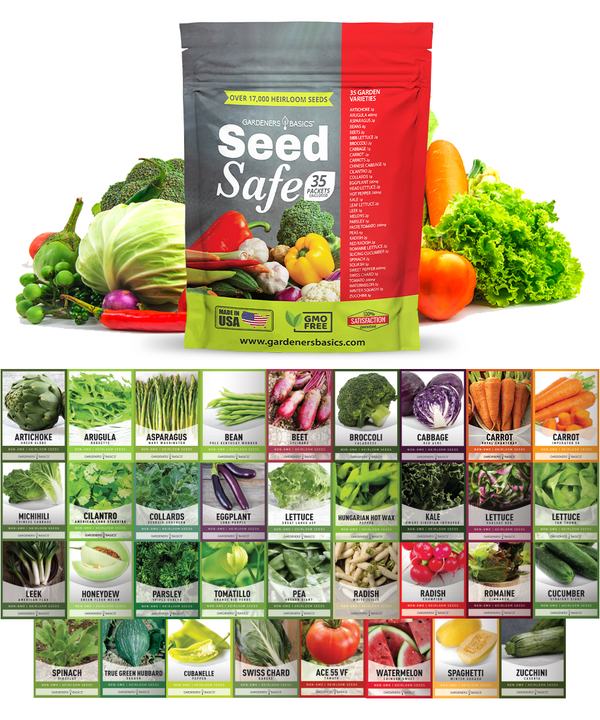
$29.95
$49.95
Seed Safe Survival Seed Kit: The Ultimate Heirloom Collection for Self-Sufficient Gardening Introducing the Seed Safe - 35 Varieties of Heirloom Vegetable, Herb, and Fruit Seeds, the ultimate solution for gardeners who want to secure a bountiful future harvest. This… read more
Overview of Verticillium Wilt
What is Verticillium Wilt?
Verticillium wilt is a severe fungal disease of plants caused by soil-borne fungi from the genus Verticillium. The fungus invades and colonizes the host plants' vessels, causing blockage and subsequent wilting of affected parts. The disease has a wide host range, including hundreds of plant species, including trees, shrubs,
fruits,
vegetables, field crops, and ornamentals.
Causes and Symptoms
The fungus enters the host plant through natural openings such as wounds or root hairs and then spreads to other parts through the xylem vessels. It also produces microsclerotia structures that can survive for years in soil or crop residues.
When favorable conditions arise, such as moist soil or high humidity levels, these structures germinate and release new spores that infect nearby plant roots. The diseases vary depending on the host plant species and its level of susceptibility to infection.
Some common symptoms include yellowing leaves that wilt during hot temperatures but may recover at night when temperatures are cooler. Other symptoms include premature defoliation or leaf drop for some plants like maples, with others like strawberries; black streaks appearing on roots usually cut off water flow.
Host Plants
Verticillium wilt affects a wide range of host plants worldwide. Some common examples include
tomato plants in agricultural fields; sugar maples in urban areas; strawberries in home gardens; chokecherry trees in ornamental landscapes; cottonwoods along streams or riversides, among many others.
Geographic Distribution
Verticillium wilt has a global problem ranging from warm tropical regions to cooler temperate zones worldwide. The disease incidence varies with soil type, temperature, humidity, rainfall patterns, and other climatic factors that favor the funguses and spread. Since it is soil-borne, it can be spread by contaminated soil or fresh plant materials like seeds and transplants.
How Does Verticillium Wilt Spread?
The disease can persist for years in the soil through dormant microsclerotia or infected plant debris. When favorable conditions arise, such as moist soil during spring planting or high humidity in summer, these structures germinate and release new spores that infect nearby plants.
The disease also spreads through contaminated plant materials, such as seedlings or transplants, to start new crops. Understanding the causes and symptoms of verticillium wilt is critical in managing and preventing its spread.
Different crops have varying levels of susceptibility to this disease; thus, growers need to monitor their gardens regularly for signs of infection. Early detection helps prevent further damage from this devastating pathogen.
The Biology of Verticillium Wilt
Life Cycle of the Pathogen
Verticillium wilt is a fungal disease that infects plants and can cause significant economic losses. The fungus, which belongs to the genus Verticillium, has a unique life cycle that allows it to survive in the soil for extended periods.
The disease can be transmitted through contaminated soil or infected plant debris. Once the fungus enters a plant host, it grows and colonizes the vascular system.
During colonization, the fungus produces hyphae that grow into plant cells, eventually constricting and blocking xylem vessels that transport water and nutrients. This results in leaves wilting and, ultimately, the death of the plant host if not successfully managed.
Factors that Contribute to the Spread of the Disease
Several factors are essential in transmitting verticillium wilt from one host to another. Soil moisture is critical since high moisture levels provide favorable fungal growth and survival conditions.
Heavy rain or irrigation on infected soils can significantly increase pathogen spread. Another factor contributing to infection is temperature, which affects the fungal growth rate.
Soil temperatures between 20-25°C are ideal for pathogen growth, while temperatures below 10°C or above 30°C will decrease pathogen growth rates. Soil type also impacts Verticillium wilt spread since some soils with the low organic matter have low microbial activity resulting in reduced biological control agents capable of limiting pathogen spread in soil.
Planting susceptible hosts consecutively or near each other increases disease severity since fungi spread more easily among closely planted hosts with weakened immune systems.
Crop rotation systems, including non-host crops such as grains or legumes, can effectively reduce verticillium wilt severity by breaking up pathogen life cycles because non-host crops are not susceptible to this disease.
Understanding the biology of verticillium wilt and the factors contributing to its spread is essential to developing effective management strategies. With this knowledge and proper management, growers can reduce economic losses while maintaining crop productivity and quality.
Gardening Gifts 70-Variety Seed Pack: 35 Herb & 35 Flower Seeds Plant Gifts For Sale
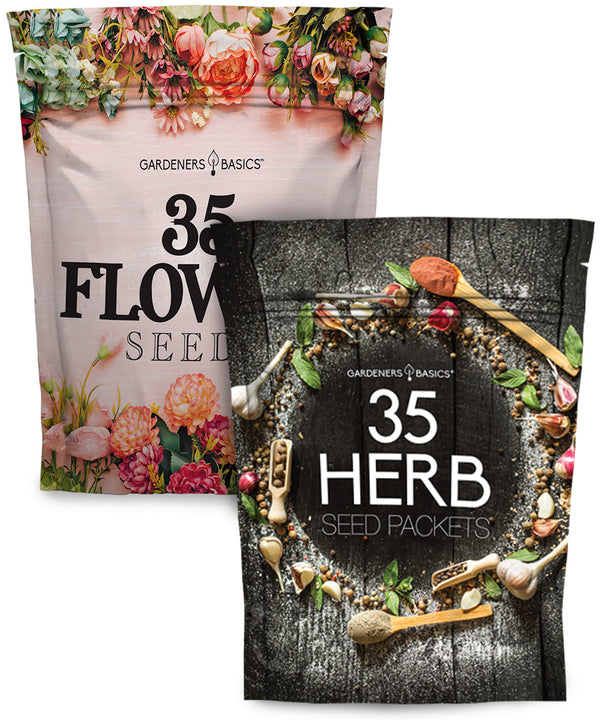
$55.95
$99.95
70-Variety Seed Pack: 35 Premium Herb Seeds & 35 Blooming Wildflower Seeds - Perfect for Gardeners & Landscaping Enthusiasts Introducing the ultimate 70-Variety Seed Pack, a complete gardening gift that brings the joys of growing right to your doorstep! Perfect… read more
Diagnosis and Management of Verticillium Wilt
Laboratory Diagnosis and Testing Procedures
Laboratory diagnosis is essential for confirming the presence of Verticillium Wilt in plants. Different laboratory techniques are available to diagnose this disease, including foliar testing, soil testing, and molecular techniques. Foliar testing involves analyzing plant tissues for fungal spores or staining the infected tissues to confirm a fungal infection.
Soil testing is used to detect the presence of resting spores (microsclerotia) in soil samples, which can survive for years in the soil. Molecular techniques such as PCR (Polymerase Chain Reaction) and DNA analysis can detect Verticillium species.
Prevention and Control Strategies for Verticillium Wilt
Crop Rotation: The Most Effective Method of Verticillium Wilt Control
One of the most effective methods of controlling verticillium wilt spread is
crop rotation. This involves alternating susceptible crops with non-susceptible crops to reduce the amount of inoculum in the soil. The recommended crop rotation period is 3-4 years, which may vary depending on climate, soil type, and the severity of previous infections.
When selecting crops for rotation, it is important to choose species that are non-susceptible to verticillium wilt and have different root architectures from those previously grown. This is because some plants may host other soil-borne pathogens that could exacerbate a verticillium wilt infection if they are planted after a susceptible crop.
Soil Solarization: A Non-Chemical Approach to Verticillium Wilt Control
Soil solarization relies on heat generated by sunlight to control soil-borne plant pathogens. It can be a useful approach in areas where chemical control measures are prohibited or when there is a need for organic production systems. This method employs transparent plastic sheets over moist soil during hot summer, trapping solar radiation and raising temperatures in the topsoil layers where many pathogens survive.
The heat generated kills many organisms, including verticillium wilt fungi. Soil solarization requires careful planning and management as temperature regimes vary depending on location and season, so it's essential to understand what factors affect its efficacy before attempting it.
Use of Resistant Varieties: Genetic Resistance against Verticillium Wilt
The use of resistant varieties is an essential component of integrated pest management (IPM) programs for controlling verticillium wilt. Resistant cultivars reduce disease severity and limit the pathogen's spread, resulting in higher yields, lower crop losses, and a lower dependency on chemical controls.
Genetic resistance to verticillium wilt is often categorized into quantitative resistance (QR) and qualitative resistance (QR). QR is controlled by multiple genes, which can lead to partial disease control, while QR is usually associated with a single gene that confers complete immunity against the pathogen.
Developing resistant varieties requires extensive research, high costs, and long-term breeding programs. However, this method remains one of the most effective ways to control verticillium wilt in crops.
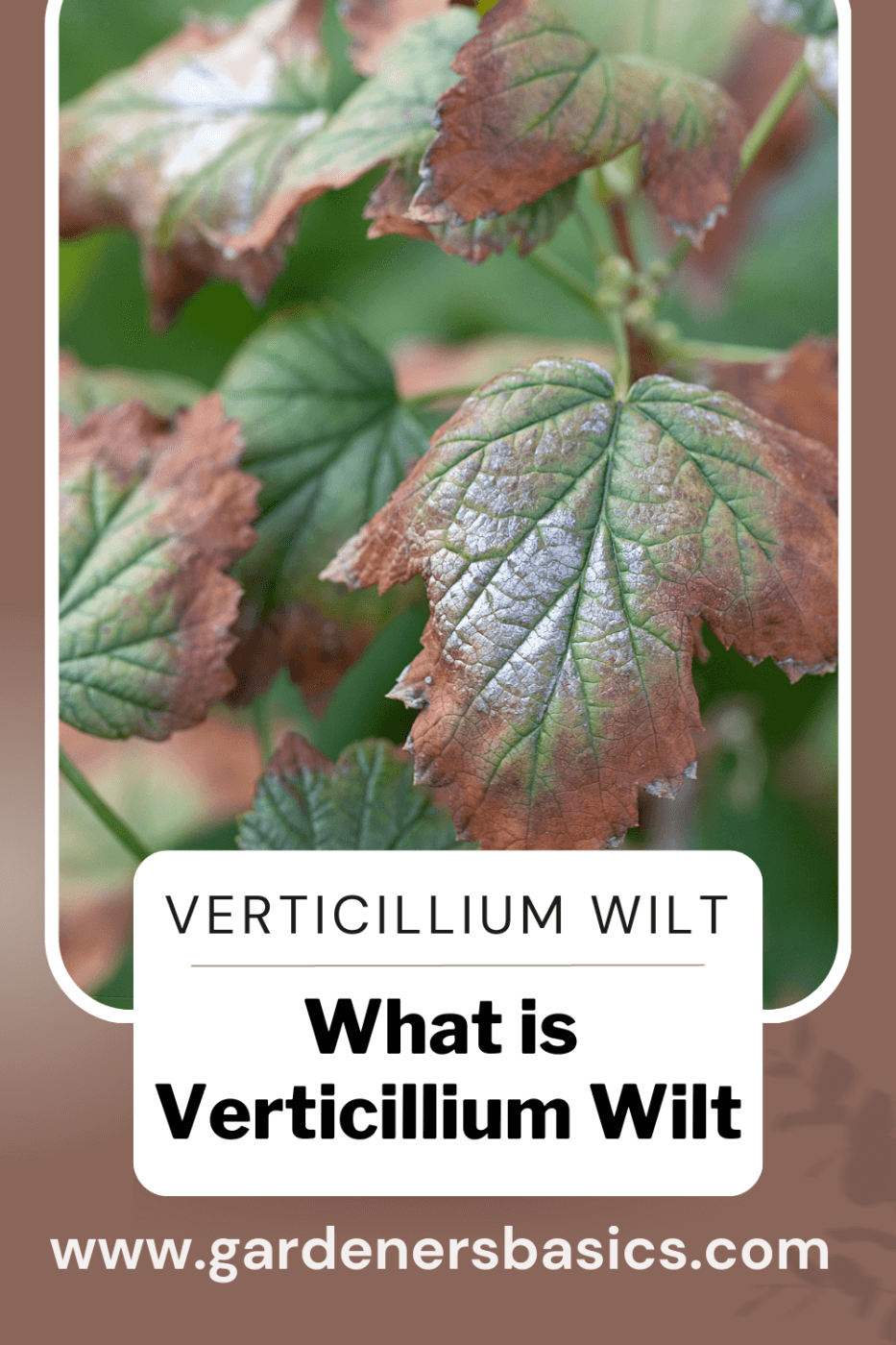 FAQ: What is Verticillium Wilt
FAQ: What is Verticillium Wilt
Q: What is Verticillium wilt?
A: Verticillium wilt is a soil-borne fungal disease that affects various plant species, caused primarily by two fungal species: Verticillium dahliae and Verticillium albo-atrum. The disease can cause significant damage to crops, ornamental plants, and trees, leading to wilting, yellowing, and eventually death of the plant.
Q: How does Verticillium wilt spread?
A: Verticillium fungi can persist in soil for many years without a host plant. The fungi enter the plant through the roots and then spread throughout the vascular system, releasing toxins that cause wilting, yellowing, and other symptoms. The disease can also be spread through infected plant debris and contaminated tools or equipment.
Q: What plants are susceptible to Verticillium wilt?
A: Numerous plant species are susceptible to Verticillium wilt, including vegetables (tomatoes, potatoes, eggplants, and peppers), fruits (stone fruits like cherries and plums), ornamentals (roses and chrysanthemums), and trees (maples, elms, and ashes). However, some plant species are more resistant to the disease than others.
Q: What are the symptoms of Verticillium wilt?
A: Early symptoms of Verticillium wilt include yellowing and wilting of leaves, typically starting at the lower part of the plant and progressing upward. As the disease progresses, leaves may turn brown and fall off, and branches may die back. Vascular discoloration (dark streaks) can sometimes be observed when the stem is cut open.
Q: How can Verticillium wilt be prevented?
A: Prevention methods include planting resistant or tolerant plant varieties, practicing crop rotation, removing and destroying infected plant material, and maintaining good soil health. Sanitizing tools and equipment can also help prevent the spread of the disease.
Q: How is Verticillium wilt treated?
A: There is no cure for Verticillium wilt once a plant is infected. Treatment options are limited, focusing on managing the disease and preventing its spread. Affected plants should be removed and destroyed, and the area should be replanted with resistant or non-host plant species. In some cases, soil solarization or fumigation may be considered to reduce the fungal population in the soil.
Q: Can Verticillium wilt affect humans?
A: Verticillium wilt does not pose a direct threat to human health. However, it can cause significant economic losses in agriculture and horticulture and negatively impact home gardens and landscapes.
Q: How does climate affect Verticillium wilt?
A: The fungi causing Verticillium wilt can survive in various temperatures and soil conditions. However, the disease tends to be more prevalent and severe in areas with moderate temperatures and high soil moisture, as these conditions favor fungal growth and infection.
Heirloom Seeds Collection | 3-in-1 Seed Vault, Survival Seed, and Herbs 105 Varieties
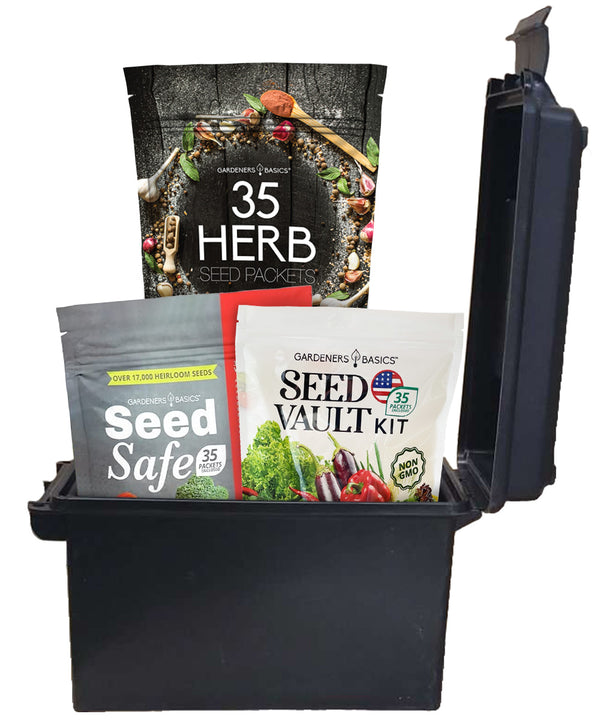
$82.95
$149.95
Heirloom Seeds Collection - Ultimate 3-in-1 Seed Vault, Survival Seed, and Herb Variety Packs for a Thriving Garden Discover the Heirloom Seeds Collection, the perfect combination of our Seed Vault Kit, Seed Safe Survival Seed Kit, and Popular Herb Seeds… read more
Conclusion
Verticillium wilt is a serious plant disease caused by fungi from the genus Verticillium. The disease has a wide host range and causes significant economic losses worldwide.
Diagnosis through laboratory testing is essential for confirming an infection, while cultural management practices and integrated pest management should be used to prevent and control its spread. The use of chemicals must be minimized due to their environmental impact. In contrast, crop rotation, resistant varieties, and biological control agents can effectively manage this devastating plant disease.
Preventing and controlling the spread of verticillium wilt requires a multi-faceted approach that should include cultural practices such as crop rotation, soil solarization, the use of resistant varieties, along with chemical methods. Among these methods, crop rotation is the most effective means of reducing infection rates.
The wide range of crops affected by this soil-borne pathogen requires detailed knowledge of each plant's ability and tolerance levels to prevent future infections effectively. It’s important to understand that there isn’t a single method for prevention that will work in all situations.
Therefore, adopting an integrated approach combining different techniques tailored specifically for each environment is essential. As more research continues into managing Verticillium Wilt effectively without harming human health or environment-friendly farming practices, we can continue making strides toward finding innovative solutions that reduce this devastating disease's impact on our food supply chains.
Verticillium wilt is a troublesome disease affecting various crops in different regions worldwide. With the increasing demand for agricultural products, we must develop effective management strategies to prevent and control this disease from causing significant damage to crop yields. This review has provided an overview of the biology, diagnosis, and management of Verticillium wilt.
Summary of Key Points
The study concluded that Verticillium wilt is caused by soil-borne fungal pathogens that infect plants through their roots. The symptoms of this disease include yellowing, wilting, and death of leaves and stems. Verticillium wilt affects many plant species and can cause significant economic losses to agricultural industries.
Cultural practices such as crop rotation, soil solarization, resistant varieties, and chemical control measures are necessary to manage this disease effectively. Early diagnosis through laboratory testing plays a vital role in preventing further spread of the disease.
Future Research Directions
Although significant progress has been made in managing Verticillium wilt over the years, there is still much to be done to fully improve our understanding of this disease. In addition to developing more robust management strategies for existing crops affected by this pathogen:
- Research efforts should also focus on developing new methods for diagnosing and treating this pathogen.
- Some strains' genome sequencing can help identify virulence or resistance genes.
- Researchers should work on finding ways to improve plant resistance against these pathogens.
- New biological control agents could provide another solution.
Gardeners must stay vigilant and monitor their gardens regularly for signs of infection so they can take prompt action when necessary. Though Verticillium wilt presents challenges for growers worldwide because it affects numerous crops, understanding the biology of the pathogens causing this disease and their behavior in crops is vital for developing effective management strategies. The research in this area continues to progress, and there is hope for future solutions to help reduce losses caused by Verticillium wilt.


 FAQ: What is Verticillium Wilt
FAQ: What is Verticillium Wilt



